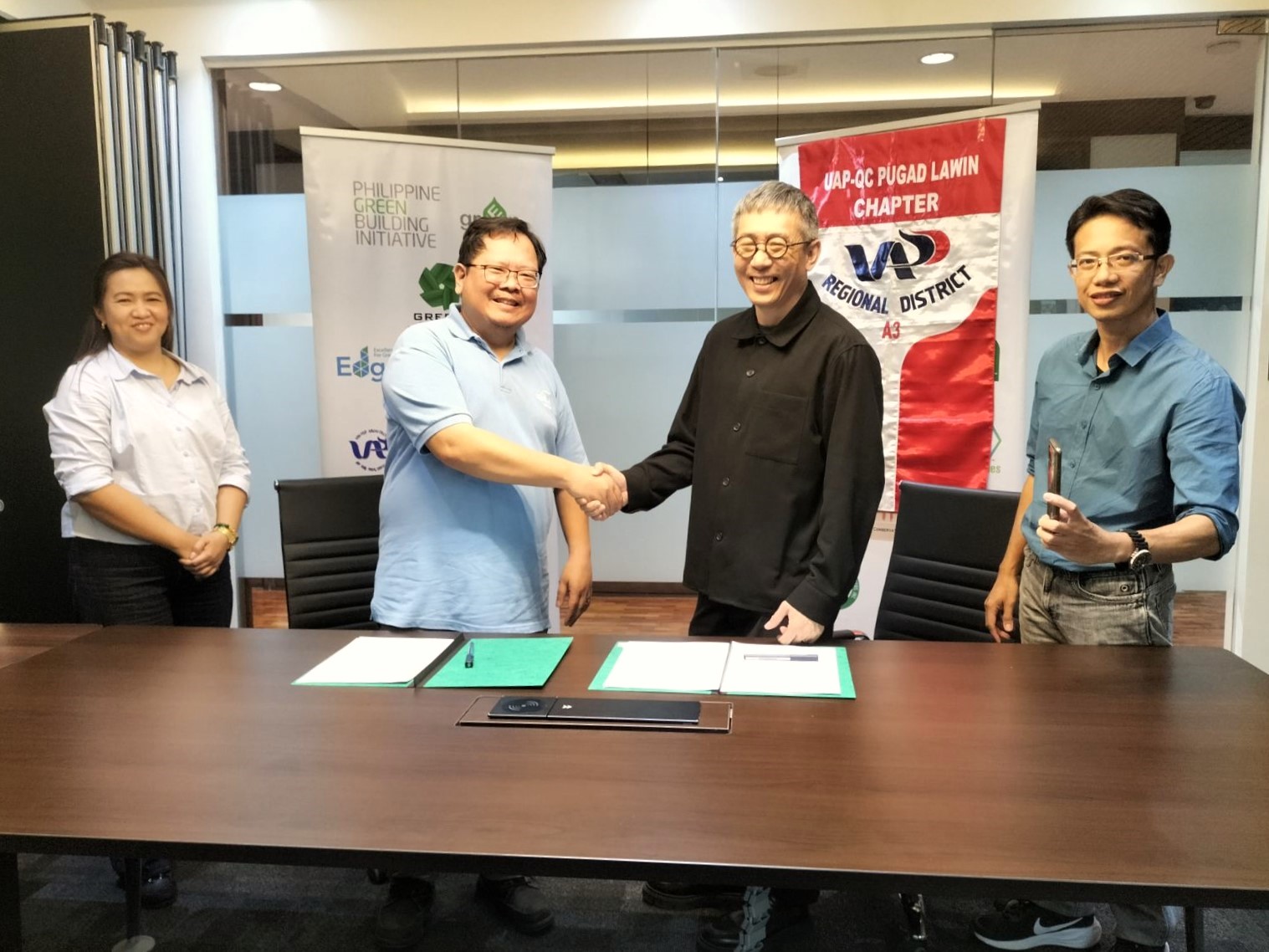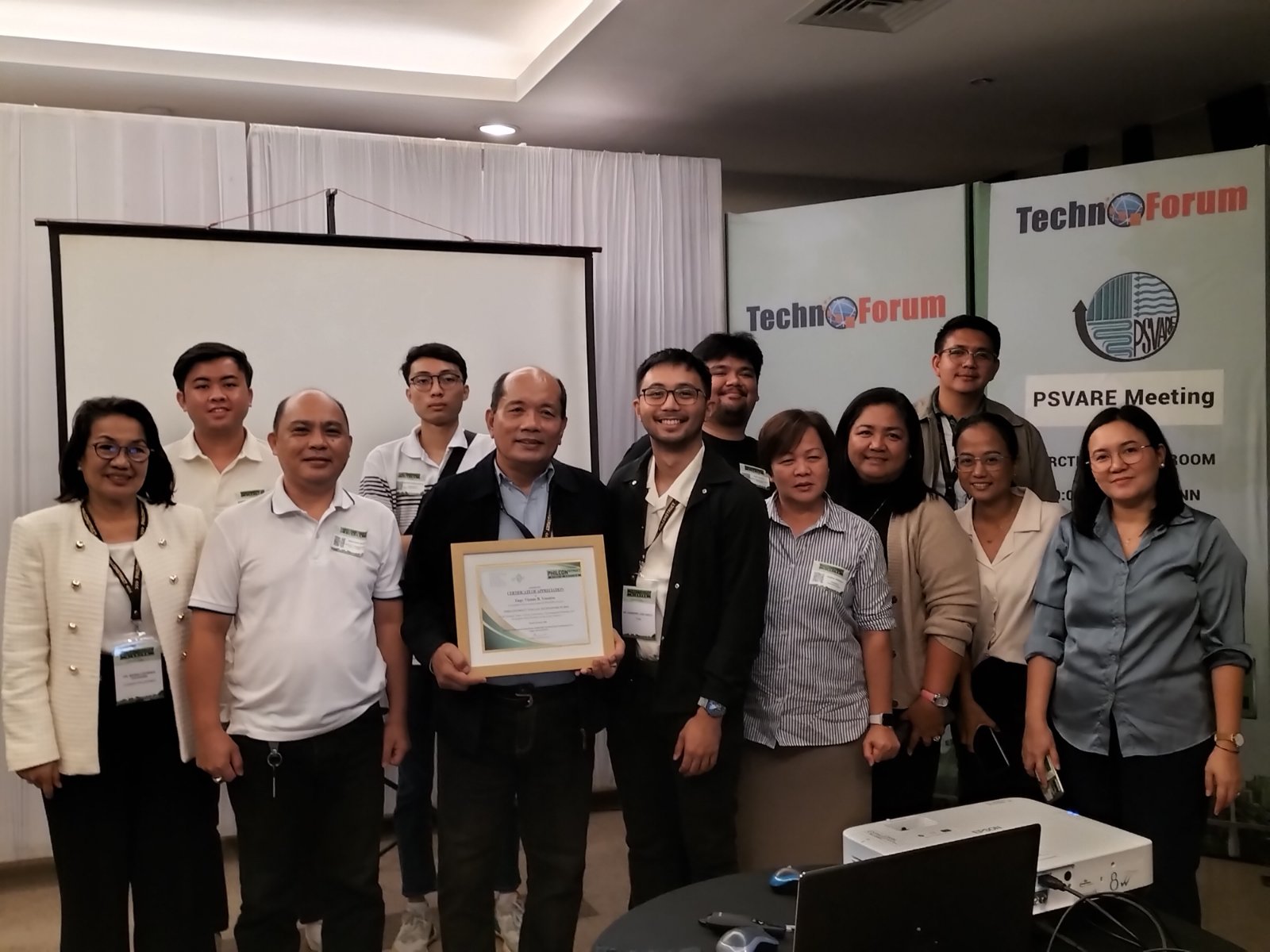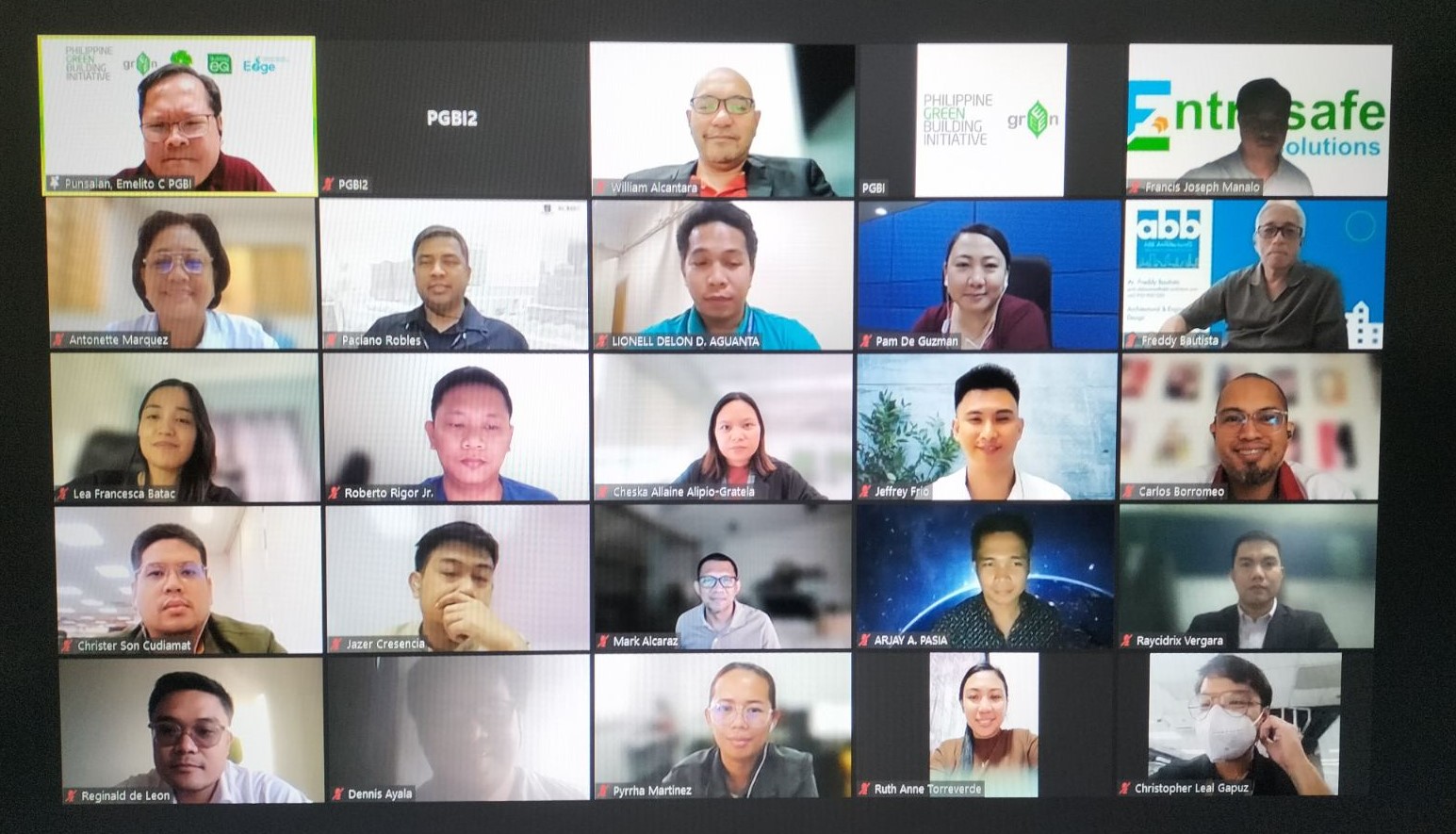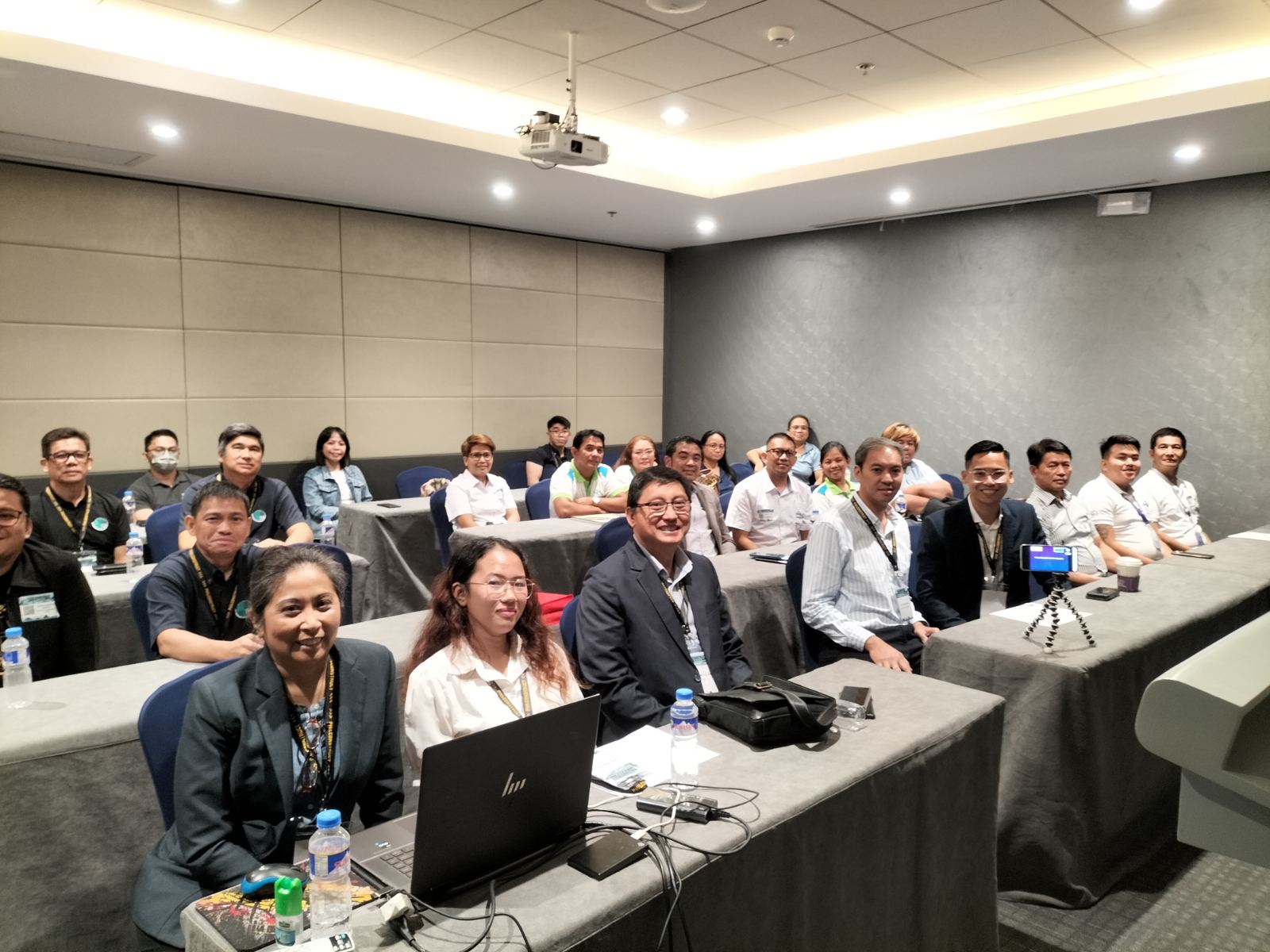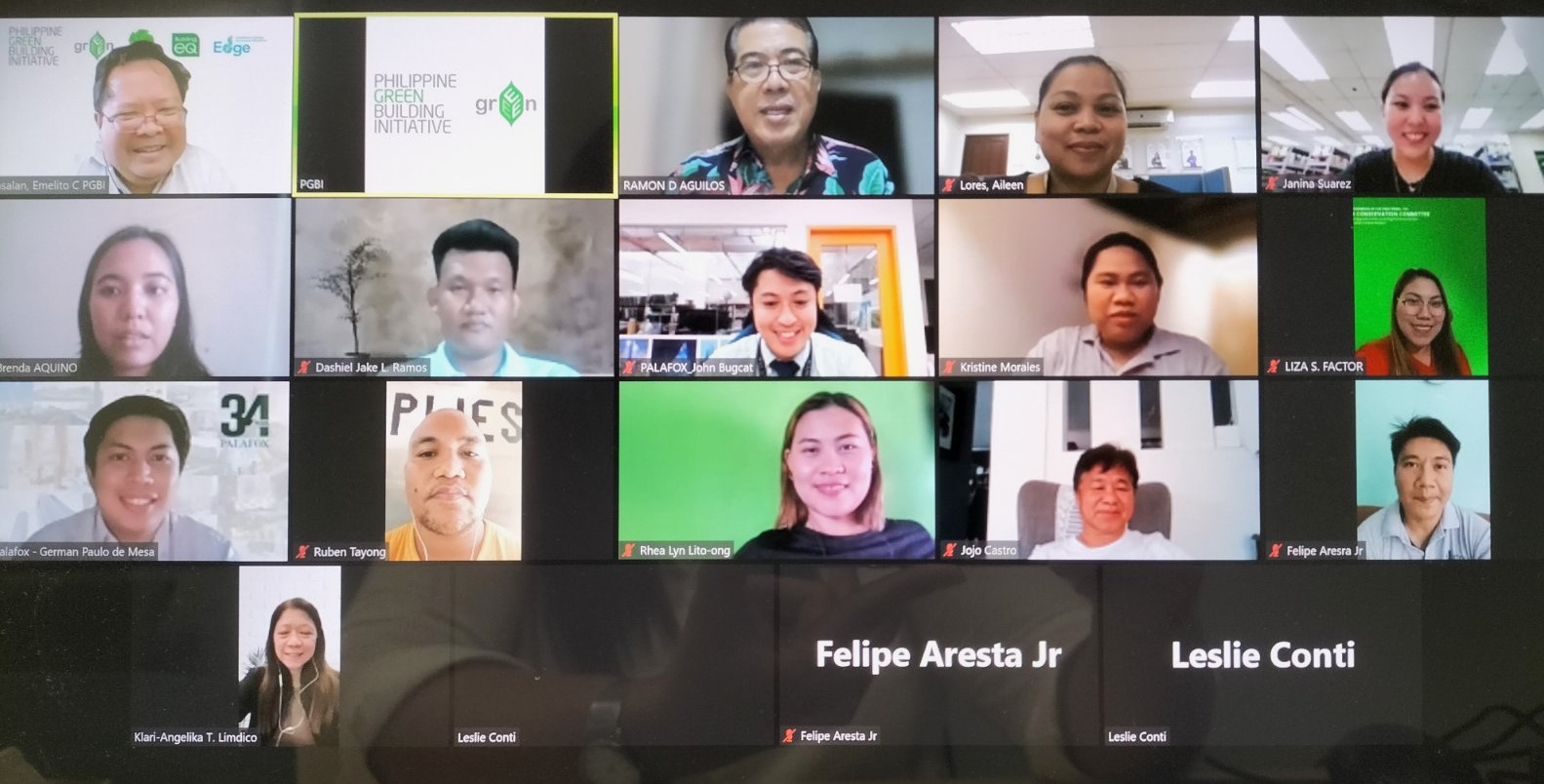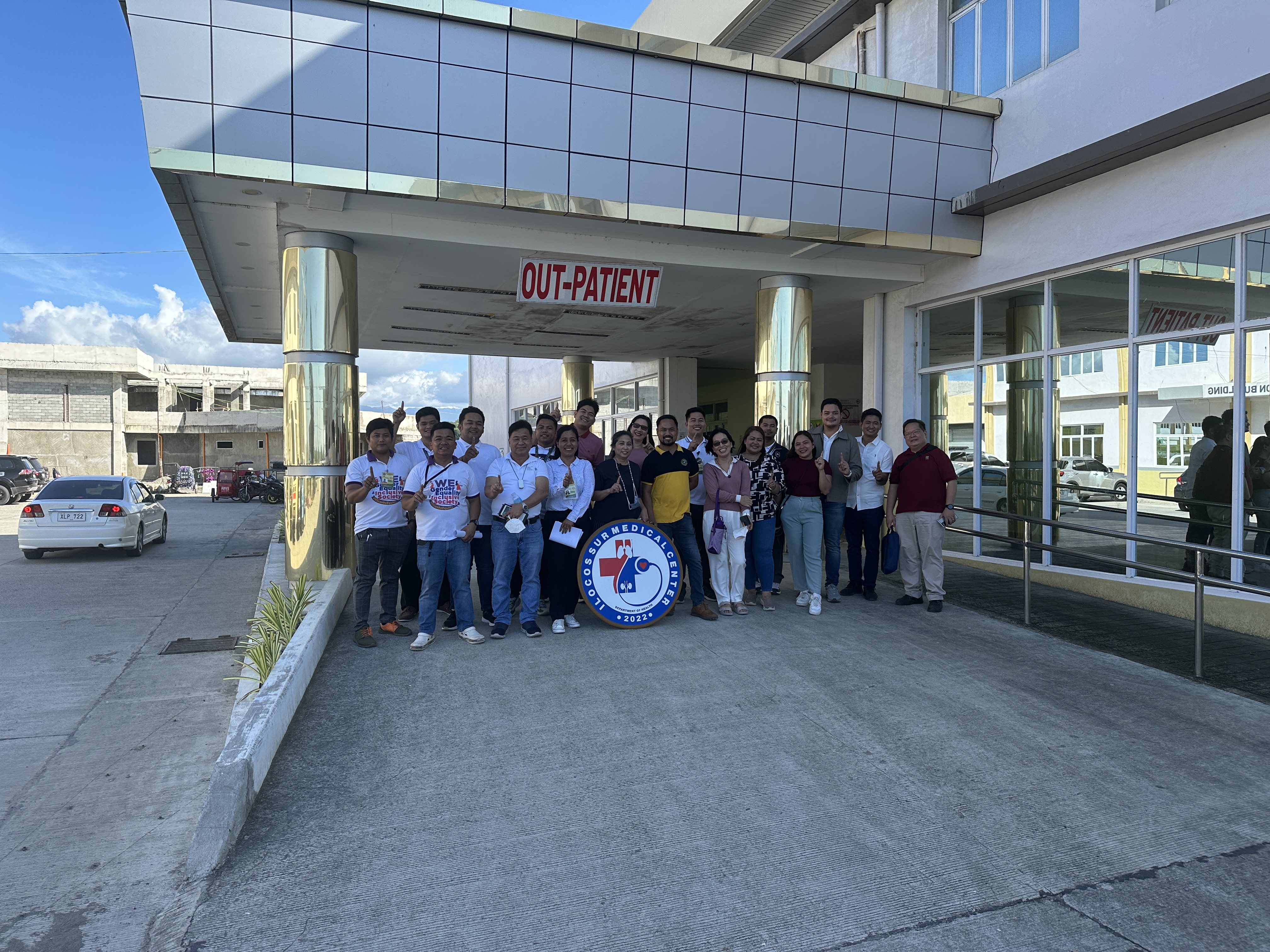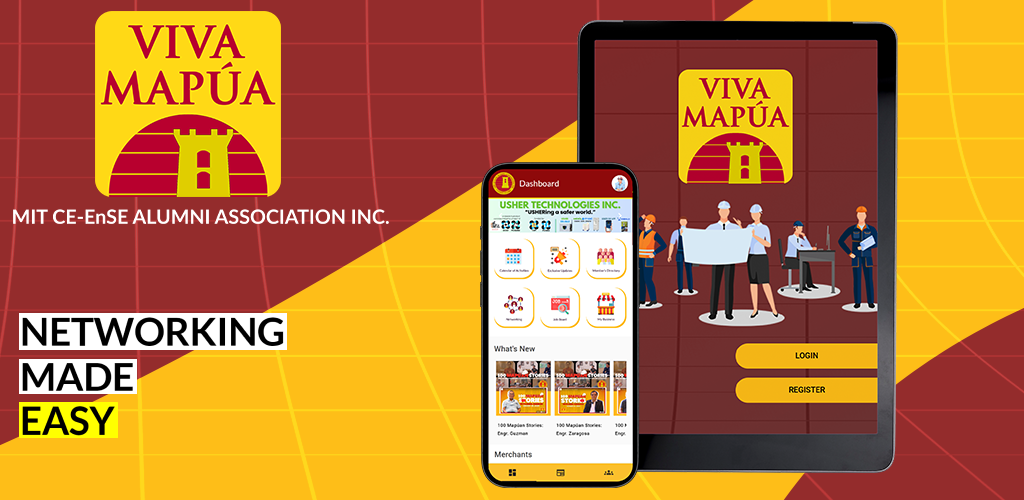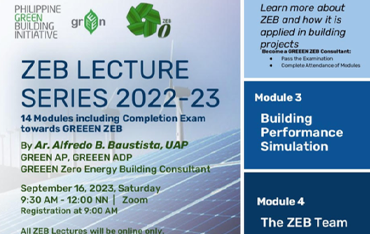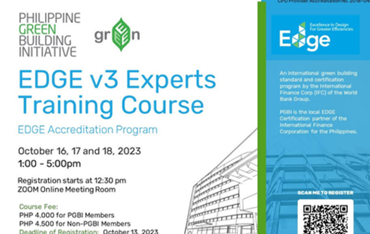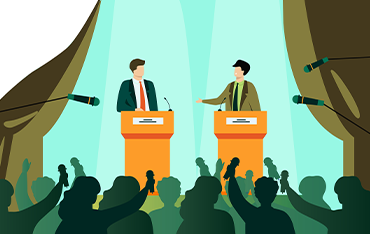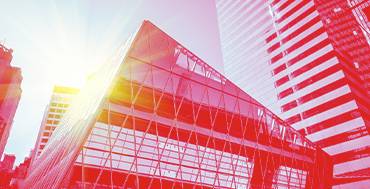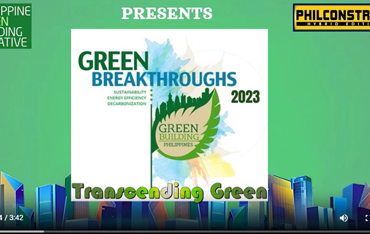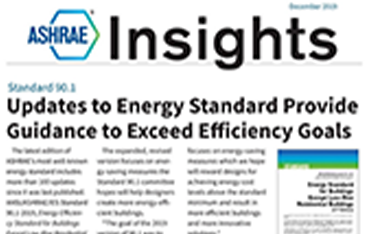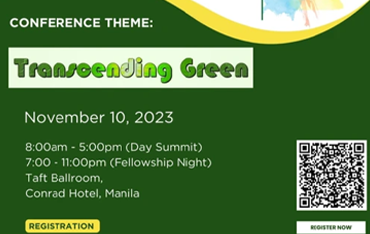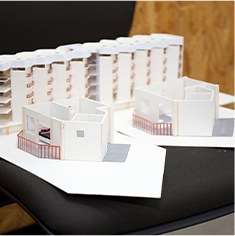+63 9190028159
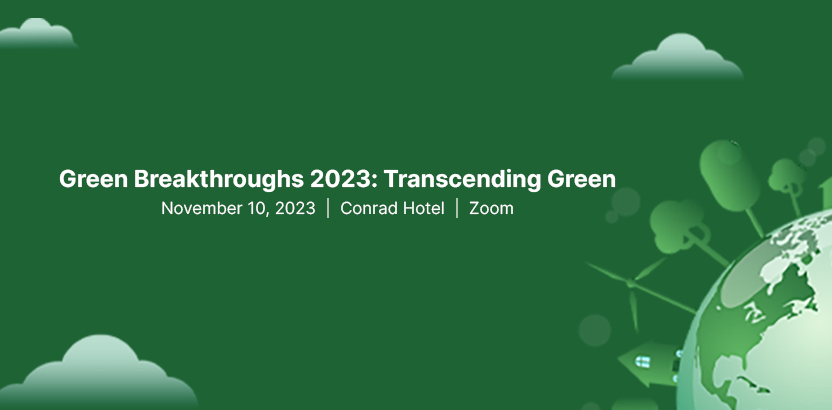
Green Breakthroughs 2023: “Transcending Green”
Green breakthroughs are now the primary source of environmental progress in a society that is desperately in need of sustainable solutions. A wide variety of innovative concepts and technologies are emerging to help alleviate the environmental issue we encounter, ranging from renewable energy sources and creative recycling techniques.
With the theme "Transcending Green," The Philippine Green Building Initiative presented its final annual conference on Green Breakthroughs on November 10 via Zoom at the Conrad Hotel in Manila. The seminar series runs from 8:00 am till 11:00 pm.
The said event addresses three (3) major topics about Sustainability, Energy Efficiency, and Decarbonization, as well as eight (8) specific lectures namely: Culture, Climate and the SDGs: Knowledge Needed for Built Environment Professionals; The Contribution of Heritage Conservation to Sustainable Development; Junk Not on Circular Economy; Energy Efficient Lighting Design; Waste Water Reuse for Drinking; Accelerating Decarbonization with Engineered Bamboo; The Advanced Energy Design Guide for Zero Energy Office Buildings; and the ASHRAE Standard 241: Control of Infectious Aerosols.
SESSION 1:
The goal of sustainability is to fulfill current needs without sacrificing the capacity of future generations to satisfy their own. Sustainable practices include those that reduce waste, protect the environment, promote clean energy, and encourage ethical behavior in society and business. To build a more resilient and balanced society and ensure an economically sustainable and healthy future for people and the earth, cooperation among the government, corporations, and individuals is necessary.
Culture, Climate and the SDGs: Knowledge Needed for Built Environment Professionals
According to LArch. Gabriel Victor Caballero, architects and builders have given much of their time and effort to developing environmentally friendly buildings and adhering to different sustainability guidelines. Though this is a positive start, many people are unaware that these kinds of projects are a part of the wider discussion about supporting the United Nations Agenda 2030's efforts for global sustainable development. Then he discussed world heritage, environmental threats and management actions, as well as presented Singapore’s examples of landscape swales and drainage infrastructure, environmental impact assessment, mandai wildlife bridge, and how heritage supports the achievement of the SDGs.
The Contribution of Heritage Conservation to Sustainable Development
A place’s cultural history encompasses all of its unique beliefs, values, customs, and artifacts that contribute to its unique character and identity. Arch. Nathaniel Von Einsiedel discussed that in numerous ways, the preservation of cultural heritage supports sustainable development. For instance, it maintains significant ecological areas like the Puerto Princesa Underground River, the Banawe Rice Terraces, and the Tubbataha Reefs, protecting essential natural resources. Historic sites are a valuable resource for economic growth because they bring in investment and provide good, locally produced, sustainable jobs—some of which may be in the tourism industry. In order to minimize the risk of disaster, it is also crucial to preserve and protect the natural and cultural environments. Since they offer opportunities for a living as well as necessities like food and shelter, well-protected cultural assets also help to reduce inequality and economic hardship.
Junk Not on Circular Economy
Junk Not, an Interior Design Firm headed by Idr. Wilhelmina Garcia is a social Enterprise that specializes in upcycling of plastic waste into furniture and other sustainable materials for interior use. The said firm aims to foster a circular economy that flows with four (4) key elements: distribution, use, repair reuse, and production remanufacturing. Idr. Wilhelmina addressed in her presentation that their mission is to transform communities in finding innovative ways to recover plastic waste materials to up-cycle it in to furniture and other home pieces while providing sustainable livelihood. Their objectives involves three (3) major focus: people, planet, and profit. They aim to engage with communities in preventing plastic wastes to pollute the ocean and be able to utilize these materials for upcycling; transform communities in finding innovative ways to recover plastic waste materials to up-cycle it in to furniture and other home pieces while providing sustainable livelihood; and to upgrade the value of waste materials in creating a high-end furniture pieces and other home decors that translate to the sustainability of the enterprise.
Idr. Wilhelmina also presented sample projects of Junk Not such as the TIE-UP (Trash Innovation in Exchange of Upcycling) where all plastic waste collected in DMCI Homes will be converted to boards by Nestle and Tetra Pak, then Junk Not will turned it into tables These tables will be donated to little Sisters of abandoned elders (home for the elders). Also, Mcdonald’s Reclassified old Chair and tabletop into School Chairs. Additionally, she shared the Anak ng Tupa, Coral Collection, Ikaw at Ako, and Ilaw ng Kalikasan projects.
SESSION 2:
Energy efficiency efficiency is the use of less energy for improved results, reducing waste and reducing greenhouse gas emissions. It's crucial for addressing climate change, achieving sustainability goals, mitigating environmental impacts, enhancing energy security, and boosting economic productivity.
Energy Efficient Lighting Design
An ASEAN Chartered Professional Engineer and a Professional Electrical Engineer, Mr. Christopher T. Bellaflor chaired the Energy Efficiency & Conservation Committee of the Integrated Institute of Electrical Engineers (IIEE) of the Philippines for three years and is a much sought after speaker. He is also a Certified ASEAN Energy Manager, a Certified PADI (Professional Association of Diving Instructors) Instructor, a Six Sigma Black Belt, and a Certified International Emergency First Response Instructor.
In his topic on Energy Efficient Lighting Design, he pointed out the basic requirements for an energy efficient lighting design, the importance and relationship of daylighting, task lighting, lighting power density and lighting controls. As he has presented, buildings shall be planned and designed to maximize the use of natural light so as to reduce the use of artificial illumination. The lighting system shall be so designed that day lighting can be coordinated with artificial lighting, taking into consideration the problems of glare, brightness imbalance, and heat buildup in the building interiors. He also discussed separate ambient and task lighting, and reduce ambient illumination by task lighting; also, Timer Controls wherein time delay switches are manually switched on and then automatically switch off after a set time as well as the actual timer control where built-in clock function to switch on and off at preset times. Additionally, Mr. Bellaflor presented daylight controls including stepped switching, stepped dimming, continuous dimming and open loop and lastly, smart lighting system.
Waste Water Reuse for Drinking
Engr. Franz Furby C. Ramos presented discussion on reusing of waste water into potable water supply. According to him, access to safe drinking water is becoming increasingly difficult in nations with limited resources such as the Philippines, where 80% of consumed water is wasted. Developed countries have thought about processing wastewater as a potable water supply, particularly in extremely populated towns and cities. This could provide an alternative natural water supply for large cities like Metro Manila, addressing issues related to the environment and health. In his presentation, he demonstrates the sewage treatment process, which includes a flow diagram of the activated sludge process, which converts raw sewage into potable water supply.
SESSION 3:
Decarbonization is the transition from fossil fuels to renewables and energy efficiency, aiming for net-zero emissions by 2050. It involves reimagining transportation, promoting sustainable agriculture, and investing in green technologies. A global effort is crucial for climate protection.
Accelerating Decarbonization with Engineered Bamboo
Ar. Alvin P. Tejada discussed about accelerating decarbonization with engineered bamboo. The presentation focused on the use of bamboo in construction, with a special emphasis on the rapidly expanding use of engineered bamboo. This sustainable material is rapidly evolving, and the discussion focused on how it is being incorporated into an increasingly diverse range of applications. It examines products and applications, including product samples and research requirements. It also presents the most recent research findings and innovative bamboo construction ideas. Finally, it examines the environmental benefits of using bamboo, such as carbon emissions and the circular economy.
The Advanced Energy Design Guide for Zero Energy Office Buildings
According to the presentation of Ar/Engr. Daniel Nall, the building community is shifting from energy efficiency to decarbonization, with fully electric buildings being seen as a primary strategy. The primary challenges for decarbonization include building space heating and domestic water heating. Strategies for electrifying these services can maximize energy efficiency, reduce first cost, and maintain comfort and functionality. The presentation discusses how these systems can shift loads from high to low grid carbon intensity periods, focusing on various strategies. Some key strategies includes daylighting and natural ventilation, automated exterior shades, highly insulated, air-tight envelope, radiant heating and cooling, and PV roof.
ASHRAE Standard 241: Control of Infectious Aerosols.
ASHRAE Standard 241, Control of Infectious Aerosols was presented by Dr. William P. Banfleth. It says that the standard specifies minimum requirements for minimizing disease transmission in new, existing, and major building renovations, promoting healthier environments and numerous benefits for occupants. Infectious aerosols, small particles exhaled by individuals, can carry disease-causing pathogens. Adhering to Standard 241, building owners and operators can reduce exposure to pathogens like SARS-COV-2 and influenza. The standard covers air system design, installation, operation, and maintenance, addressing the significant personal and economic damage caused by these pathogens.
Green breakthroughs are offering a glimmer of hope in the fight against climate change and environmental degradation. From renewable energy to sustainable agriculture, waste management, transportation, and nature-based solutions, innovations across these sectors demonstrate our collective commitment to building a greener future. By harnessing these breakthroughs and scaling them up, we can pave the way for a more sustainable and resilient world.
